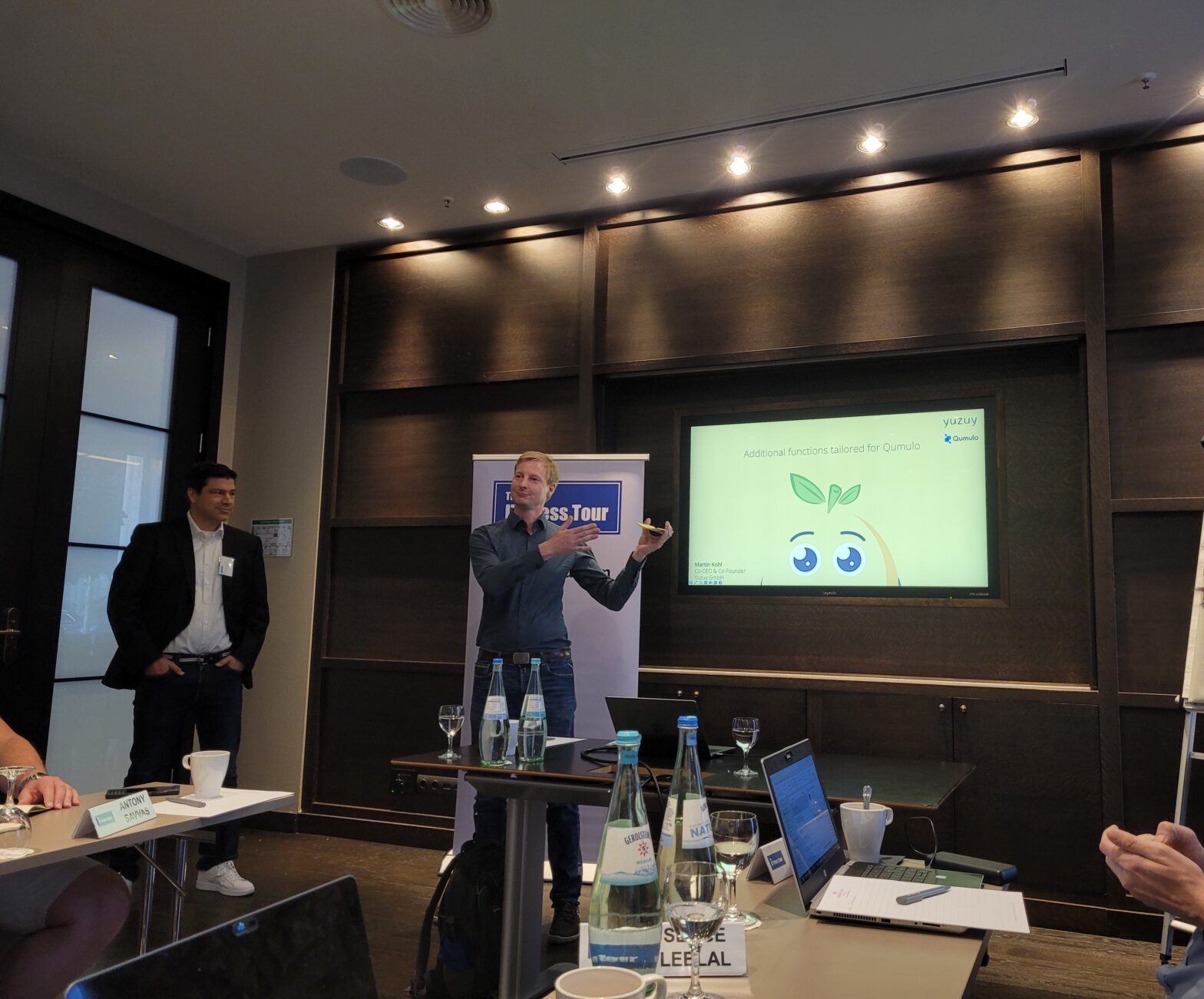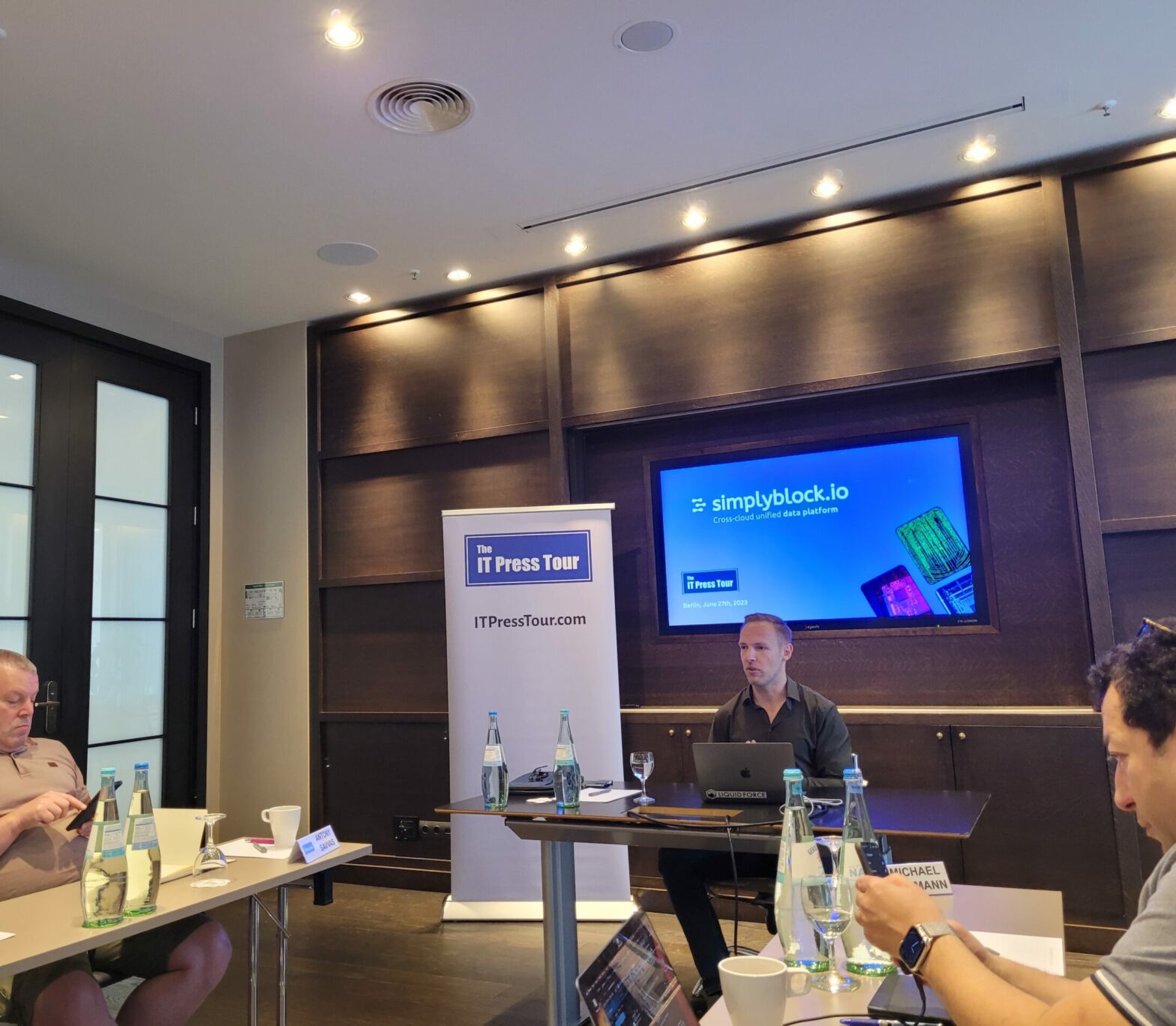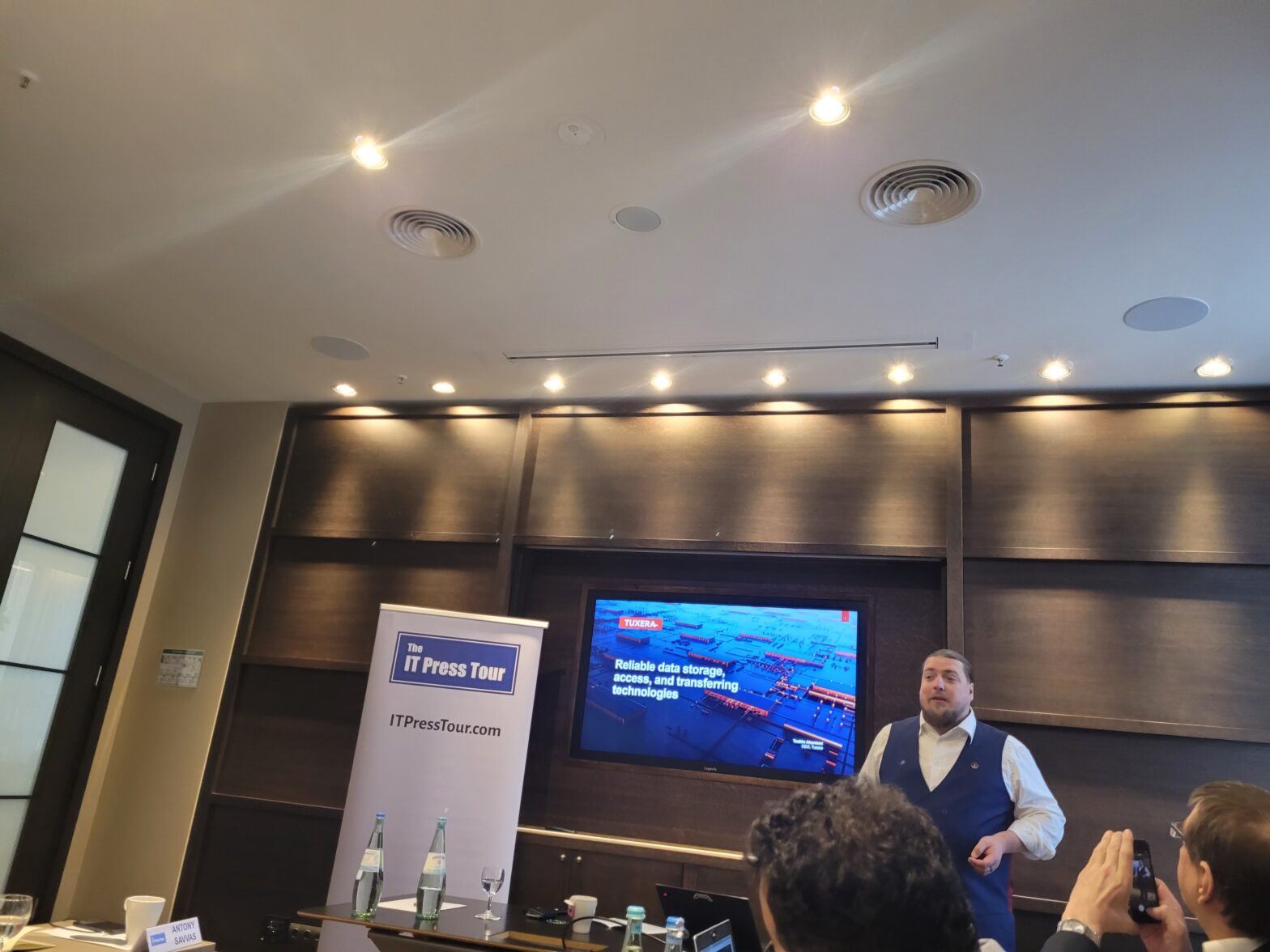The environmentally friendly fervour that gripped consumers and businesses alike in 2006 and 2007 has noticeably waned in the last 18 months. Thanks arguably to the recession, long-term concerns for human welfare have been eclipsed by more immediate fears.
But one constant throughout that transition has been the imperative to cut energy consumption. Nowhere has this been more intense than in the data centre, and not only because IT departments are expected to slash cost to a minimum. Legislation governing power consumption that was initiated when the environment was on top of the public agenda is still lumbering its way towards enactment.
One piece of legislation in particular will reshape the way data centres operate: the UK’s Carbon Reduction Commitment (CRC) cap-and-trade legislation which requires any organisation with an electricity consumption greater than 6000 Megawatt hours (MWh) per year to self-report carbon emissions, subject to auditing.
The CRC, which is set to become law in April 2010, has been heavily criticised by the data centre industry. Should data centres be penalised for aggregating demand for computing and hence power consumption in one location, it asks, especially given that ICT is critical to boosting the efficiency of other areas of the business? And who assumes the carbon burden if you outsource your IT infrastructure? Such questions and uncertainty have led to cynicism and occasionally a ‘head in the sand’ approach among IT managers.
This Information Age research report, which questioned IT leaders about their data centre metrics, found that as few as 40% actually meter their data centre’s energy usage, and one in five had no idea of the size of their data centre facilities.
“I sympathise with the ‘ignorance is bliss’ approach,” says Jim Smith, CTO of data centre consultancy Digital Realty Trust. “If I was an IT manager in a normal enterprise that would be my approach on this issue because I would be more worried about developing applications and things like security.”
However the momentum of the CRC legislation now means a lack of knowledge on the subject could become a corporate liability. “People say they don’t know enough to judge yet,” Smith says. “Well it’s too late for that: 2009 is the benchmark year [for the CRC] and if you don’t know what your consumption is, if you don’t report it and you’re over the threshold, then your senior director is going to be facing criminal penalties.”
Smith adds that while the Digital Realty Trust is among the top one percentile of companies working on meeting the CRC legislation, even he doesn’t feel fully prepared. Those companies just starting on the road to CRC compliance have a long way to go, he adds.
Interesting Links
UNITS OF MEASUREMENT
As IT managers become more aware of the data centre’s power bill, or when it arrives in the departmental expenses tray, the need look at power utilisation deeper arises. This is when measurement becomes key.
Most organisations start by measuring their data centre’s PUE (power usage efficiency, measured as total facility power divided by IT equipment power), or its less popular reciprocal DCiE (data centre infrastructure efficiency: equipment power divided by total facility power, expressed as a percentile).
Devised by independent industry group The Green Grid, these metrics permit the efficiency of multiple data centres to be measured on a single scale – and so allow efficiency gains to be reported to the business or regulatory bodies.
And those can be compelling. Assuming a power cost of 6p per kilowatt hour (kWh), a data centre with a 5 megawatt load on the IT equipment and a PUE of 2.0 – meaning the facility is using 10 megawatts to keep the systems operating – is costing the business £5.4 million annually in energy consumption.
Drop the PUE to 1.4, a realistic goal given current best practice, and the power bill drops to $3.8 million – a £1.6 million saving.
“Not only does improving efficiency reduce your operating costs, says John Tuccillo, president of The Green Grid, “you improve your computing throughput per watt, hold off capital expenditure and possibly extend the useful life of the facility.”
However, as this Research Report found, achieving that kinds of efficiency is a long way off for many organisations, and that could mean headaches in future.
“Right now around 25% [of respondents to Information Age’s survey] will potentially run afoul of the carbon reduction commitment legislation,” says Digital Realty Trust’s Smith.










